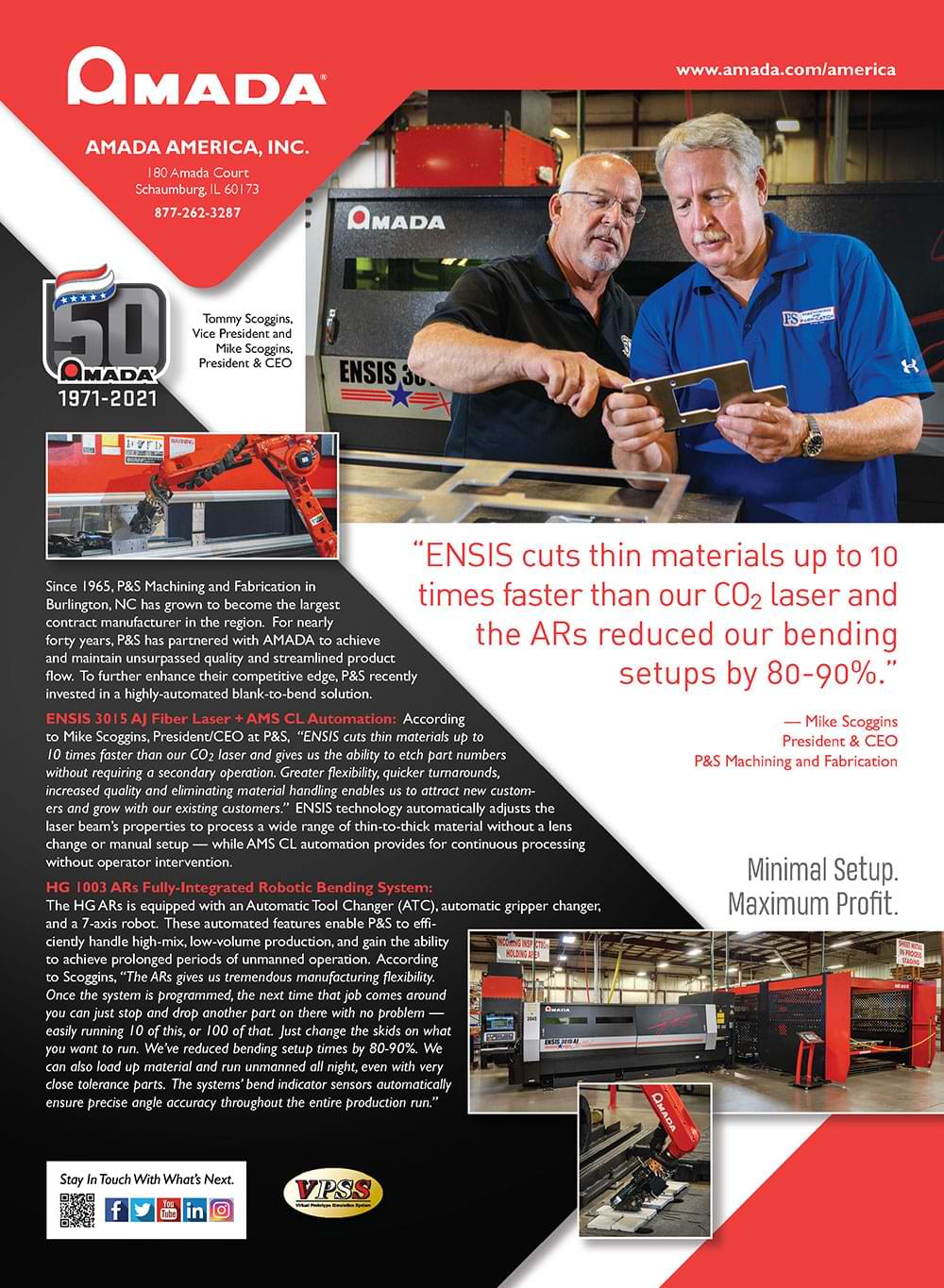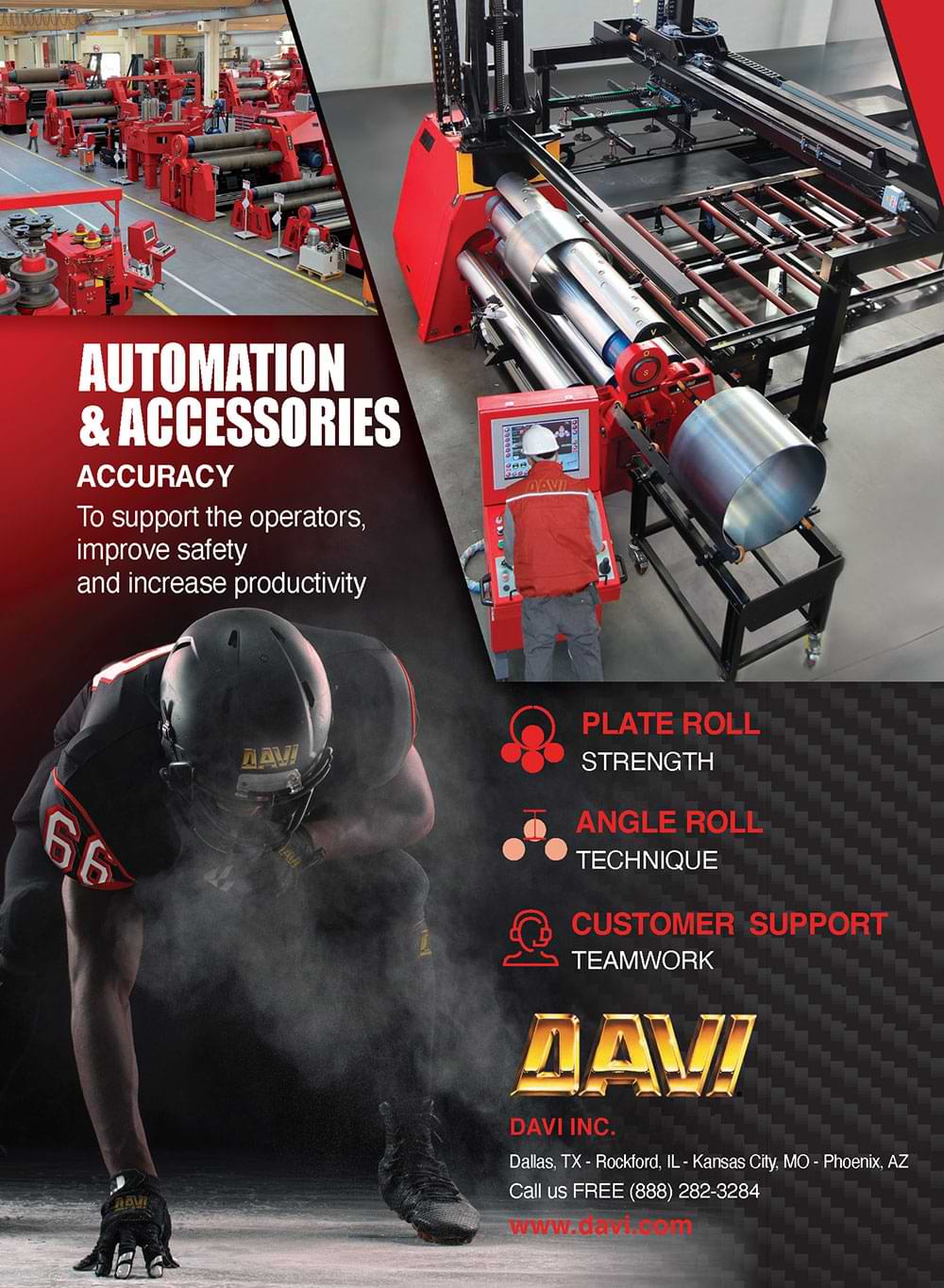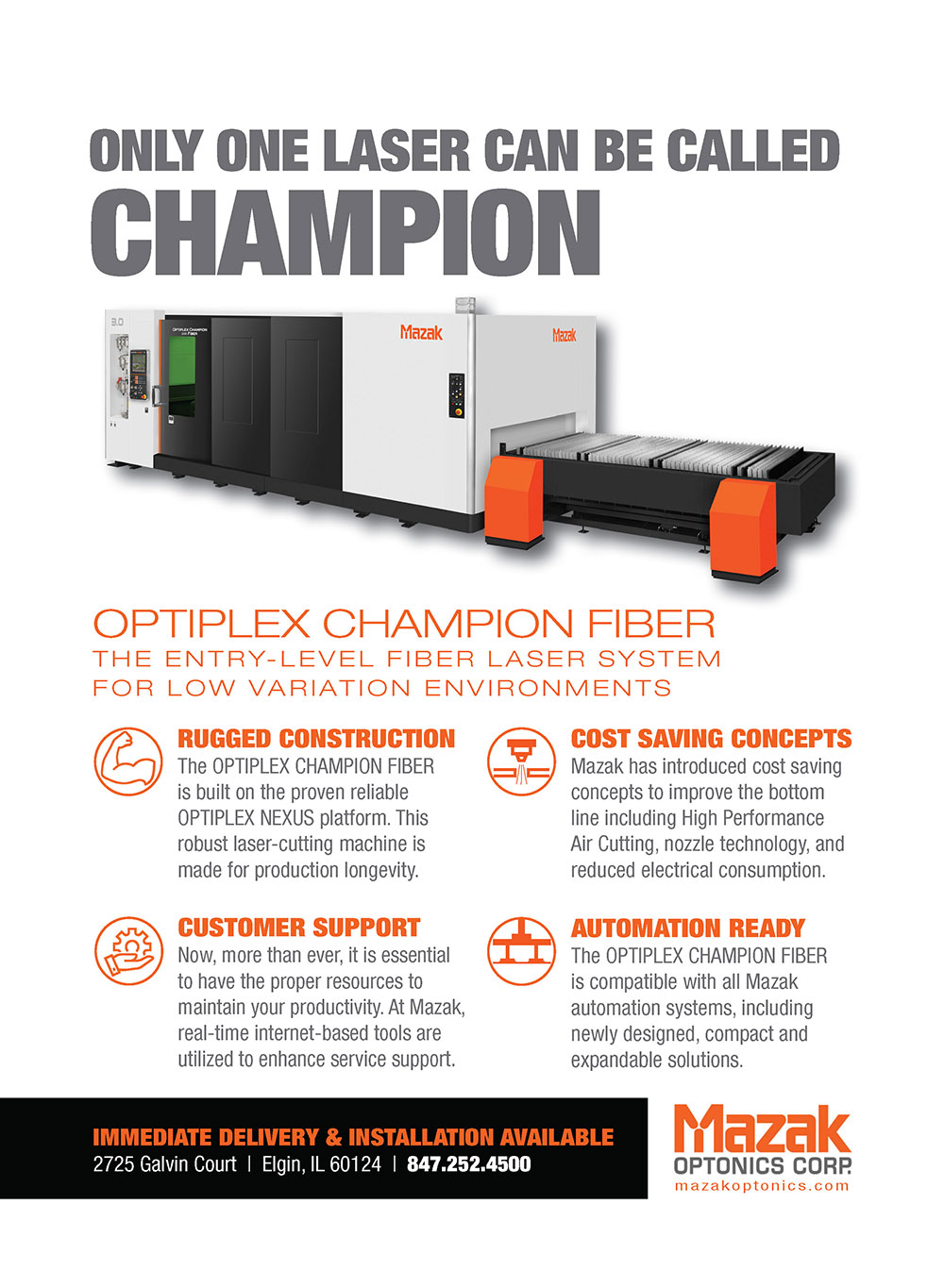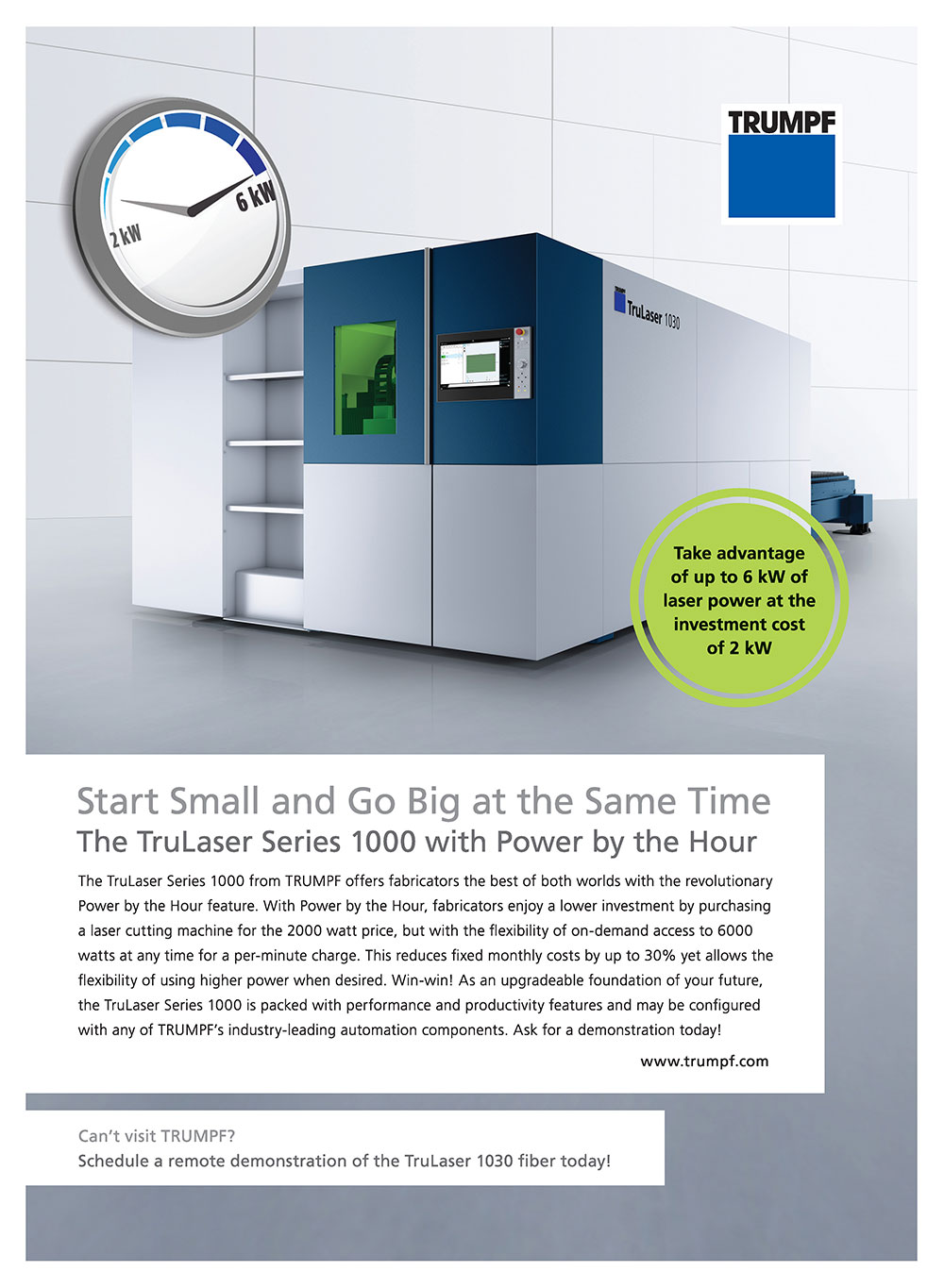Mission
Force

un-dun-DUT-DUT-dun-dun-DUN-DUT… the iconic 5-beat tune first captured audiences’ attention as the theme song for the 1966 television series “Mission: Impossible,” and again in 1996 with the launch of the Mission: Impossible movie franchise. In both the TV show and the films, viewers heard the immortal words, “Your mission, should you choose to accept it…” The exciting opener ended with, “…This tape will self-destruct and the Secretary will disavow any knowledge…” The word ‘tape’ was changed to ‘message’ for the screen versions. Fans were then made privy to the mission’s directives and treated to dossiers on the members of the Impossible Mission Force (IMF).
Mission
Force
Mission
Force


un-dun-DUT-DUT-dun-dun-DUN-DUT… the iconic 5-beat tune first captured audiences’ attention as the theme song for the 1966 television series “Mission: Impossible,” and again in 1996 with the launch of the Mission: Impossible movie franchise. In both the TV show and the films, viewers heard the immortal words, “Your mission, should you choose to accept it…” The exciting opener ended with, “…This tape will self-destruct and the Secretary will disavow any knowledge…” The word ‘tape’ was changed to ‘message’ for the screen versions. Fans were then made privy to the mission’s directives and treated to dossiers on the members of the Impossible Mission Force (IMF).


“Conventional powder metal aluminum parts can be sintered to lower densities, but developing a method to successfully deliver high densities and strengths while retaining shape and properties has proved elusive for both the powder metal and binder jet markets until now,” he says.
Batch sintering furnaces tend to be plagued with inconsistent thermal processing because parts placed on the top and the edges will heat up first while parts in the center must wait until heat is transferred to them. Abbott’s continuous belt furnaces move parts or material through a heating chamber for uniform thermal processing. The design also delivers improved control over distortion, part-to-part consistency and better quality for medium- to high-volume products.
“Additive manufacturing can be used to produce very complex components that you can’t make with any other process from rocket engine and aerospace parts to reproducing a part for a 1932 John Deere tractor based off an old tool,” says Dan Reardon, director of technical sales for Abbott. “We understand the metallurgical process required to achieve the material properties a part requires. We’re able to design a furnace with the proper time, temperature and atmosphere parameters. We partner with our customers from process development, trial parts and proof of concept to the build and commission of the furnace and after-sale support. Binder jet 3D printing combined with a continuous belt furnace was the only way to unlock high-volume parts production for markets like automotive.”
While much of the work done has been kept under wraps, ExOne announced that aluminum 6061 had achieved customer-qualified material status with Ford in March 2021. The milestone represents the automotive industry’s first binder jet 3D printing and high-density sintering of aluminum.



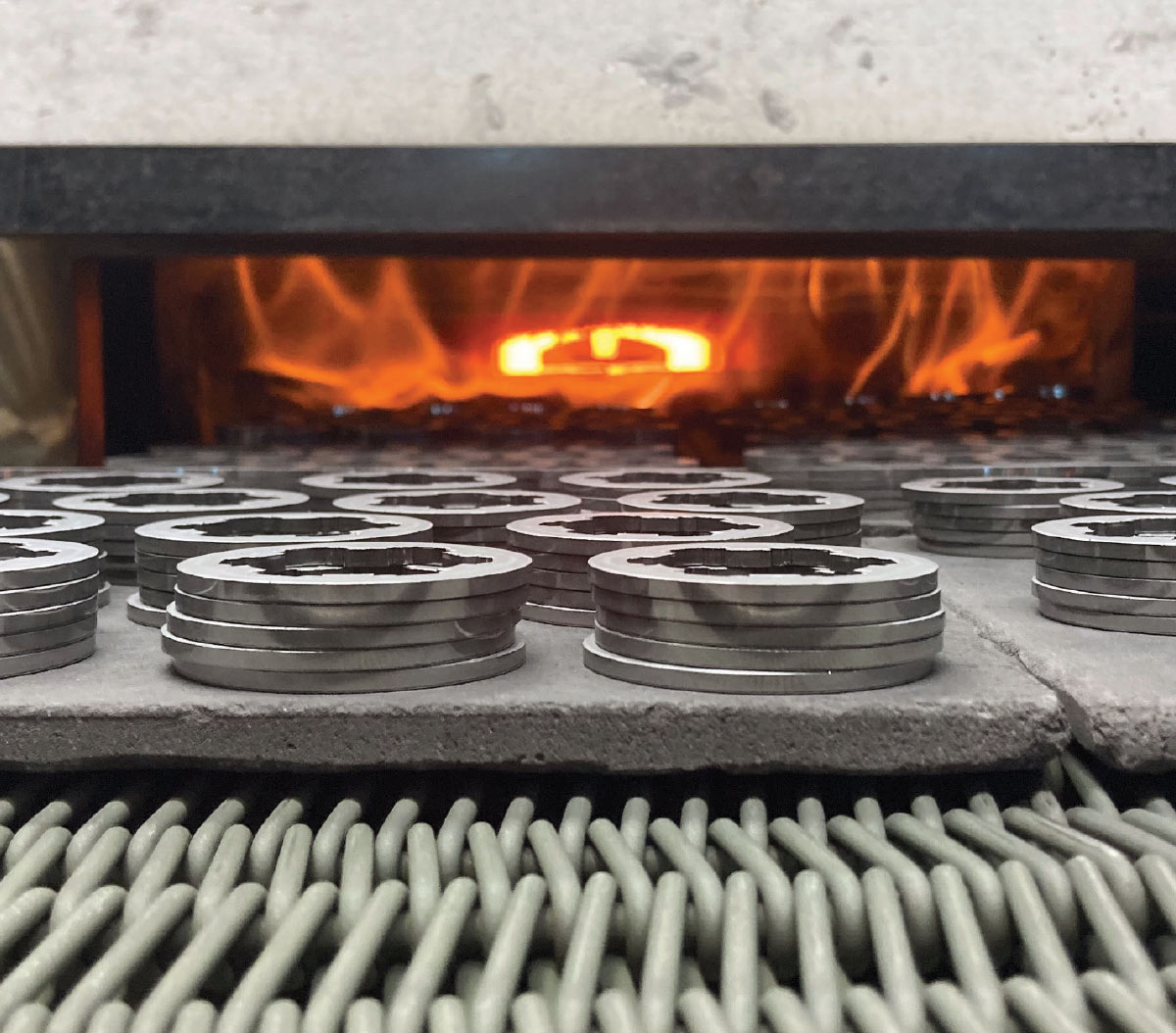

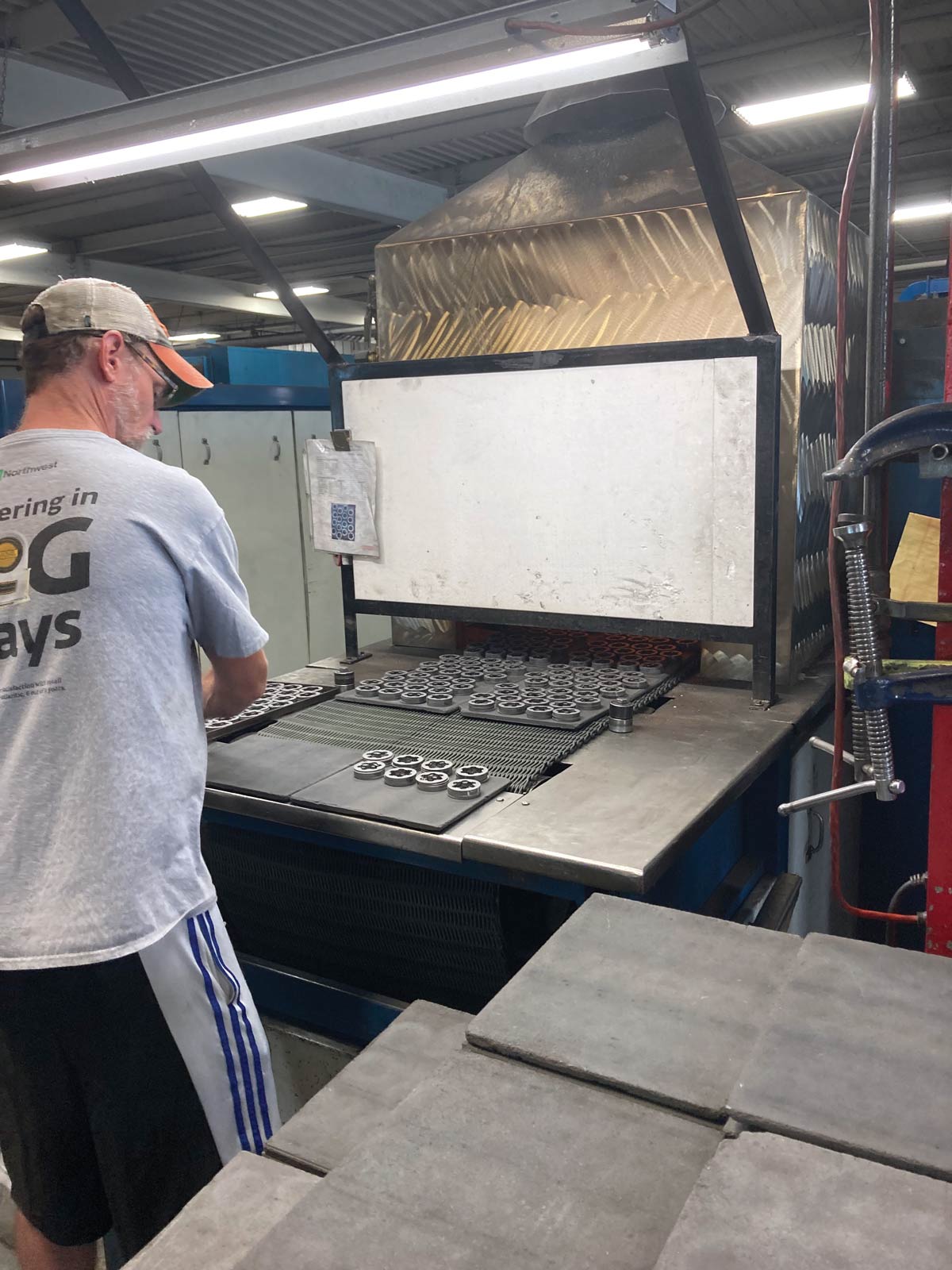


“This is a breakthrough in making 3D printed and sintered parts for the auto industry,” says Harold Sears, Ford technical leader for additive manufacturing. “High-speed aluminum 3D printing paves the way for other opportunities that we are just now starting to take a look at because of the ability to do complex parts with aluminum that previously weren’t possible.”
“The use of a continuous furnace turned out to be a key element of our patent-pending approach,” says Lucas. “In our roadmap, 6061 aluminum was always the peak. It’s the most commonly used aluminum in the world; it’s what manufacturers want.”
And while 3D printed and sintered parts differ from processes like stamping, laser cutting or bending, Abbott believes the implications for job shops and fabricators are compelling.
 We’re breaking the glass ceiling for high-volume binder jet printed and sintered production.
We’re breaking the glass ceiling for high-volume binder jet printed and sintered production. 
Along with new technologies, products and their part requirements are also changing.
By 2030, it’s estimated that more than 18 million electric vehicles (EVs) will be traveling U.S. roads and these green cars will need an estimated 9.6 million charging ports. Sales for electric bicycle companies are also skyrocketing. According to the Light Electric Vehicle Association, the U.S. imported 270,000 electric bikes in 2019. This year, that number is expected to double to more than 600,000 e-bikes.
The automotive market continues to be a catalyst for change, but there is movement in a number of industries to transition from gas-powered motors to batteries. E-bikes and lawn and garden equipment in particular are transitioning from small gas engines to batteries.
“The ability to light weight parts with aluminum opens the door to new applications, some of which haven’t been thought of yet,” says Reardon. “You may not have any idea today how you might use this production method, but a few years down the road a new project might prompt you to say, ‘That process would be perfect for this application.’”

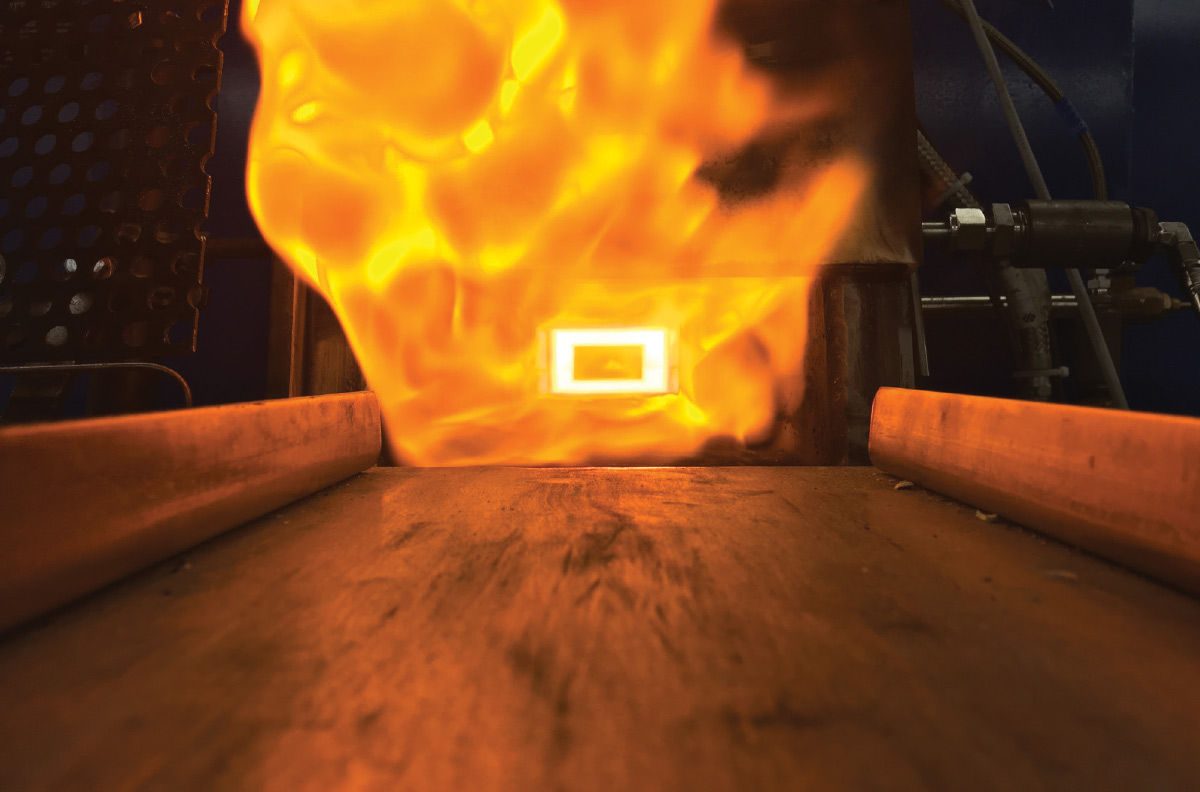
“The traditional method uses laminated plates,” says Feldbauer. “Each plate creates a magnetic field. These plates might be 0.050 in. thick. Soft magnetic powdered metal is made up of particles that are only 100 to 200 microns thick. Each of these particles acts like one of those plates but you still get the same level of magnetic force. Soft magnetic material also gives you a three-dimensional part which means you don’t have to go perpendicular to the plate. That would be impossible to do with laminate material. This approach lends itself to making things smaller and lighter.”
For manufacturers eyeing the future and what their role in the supply chain might look like, sintering additive materials offers other advantages such as near net shape parts, part-to-part consistency, uniformity in high volumes, and the ability to eliminate secondary operations and tooling costs.
“A fab shop or part manufacturer has to ask themselves the question, ‘is this something I would adopt?’ If you can print a part and it comes out of the furnace not needing machining, you have no tooling to contend with and no cost for tooling. Tool wear also reduces part consistency,” Reardon says.
Control over inventory is also attractive. “People aren’t going to wait for supply chain fixes,” says Jacobs. “They are going to find a way around it. Combining sintering with additive manufacturing allows a manufacturer to carry little to no inventory because they can print as they go.”
 It means looking at how you make something in a whole different way.
It means looking at how you make something in a whole different way. 
“We’re able to process a wide range of materials,” says Reardon. “Aluminum and stainless are the biggest players right now, but people have an interest in other alloys as well. We’ve successfully produced parts in temperatures that range from 1,000 degrees Fahrenheit to 3,000 degrees Fahrenheit. “Aluminum wants to oxidize,” adds Feldbauer. “Early efforts to print the alloy weren’t successful because no one in the additive industry had experience with it. We had experience sintering aluminum. That gave us the stepping stone we needed to create a process that allowed us to print and sinter aluminum while controlling oxidation. Our ability to process continuously and maintain very tight control of the atmosphere is what sets Abbott apart.”
While Abbott remains steps ahead when it comes to printing and sintering at the level of quality it is able to consistently produce, the company is equally committed to teaming up with fab shops looking for answers.
“We don’t just want to sell furnaces,” says Jacobs. “We want to partner with people on the ground floor. We want to help people figure out how to get where they want to go.”
“It’s an exciting time,” adds Feldbauer. “We’re witnessing a transition from the constraints metal injection molding imposed on material usage to breaking the glass ceiling for high-volume binder jet printed and sintered production for markets that have never been able to consider it before.”
